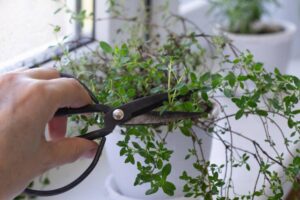The Interior Blog
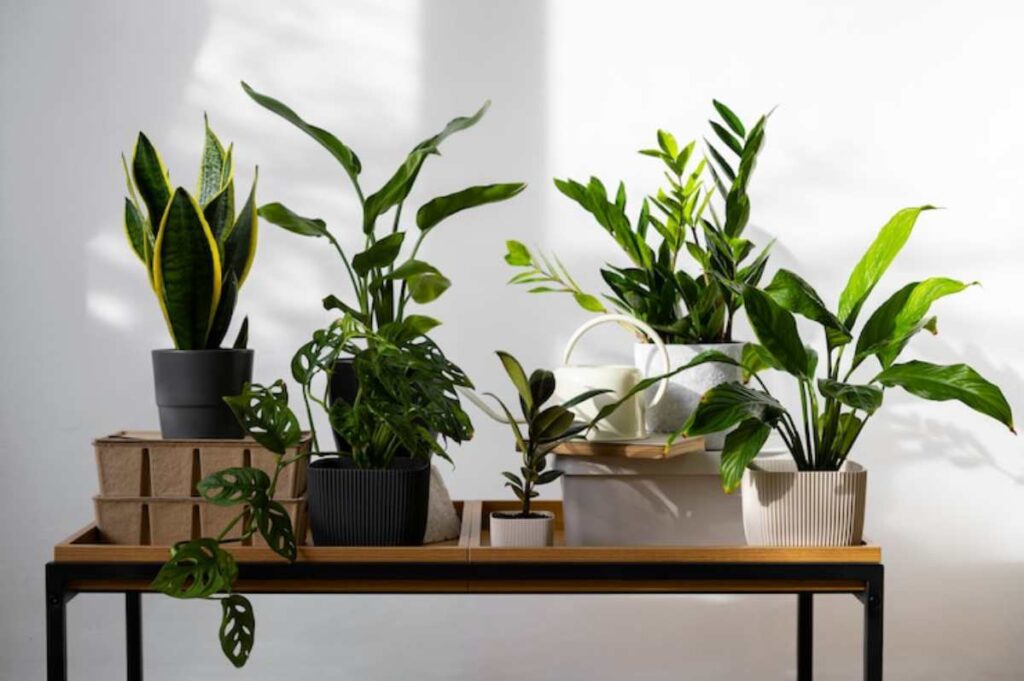
Popular Indoor Plants in Eastern vs. Western Homes
Plants are more than just pretty decor. They’re storytellers. They reveal our habits, values, climate preferences — even our cultural identity. When you step into a home in Tokyo, Paris, Delhi, or New York, the indoor greenery you’ll spot may vary wildly — and not just because of the climate. Cultural beliefs, interior design styles, and philosophies of wellness all play a part in what plants take root in different homes.
Whether you’re a design lover seeking global inspiration or just curious about how people across the world decorate with greenery, this guide unpacks the cultural plant trends that shape Eastern and Western interiors. We’ll explore not just which plants are popular, but why they matter in different cultures, from ancient symbolism to modern-day design trends.
Why do indoor plants reflect cultural values
Before we get into the specifics, it helps to understand that indoor plants aren’t just chosen for convenience or looks. In many cultures, especially in Eastern traditions, plants carry symbolic meaning and even spiritual significance.
In the West, plant trends often follow aesthetic, seasonal, or social media cycles. In contrast, Eastern philosophies like feng shui or Vastu Shastra inform which plants belong where, with an emphasis on balance, health, and energy.
So, what’s growing where, and what does it mean?
Eastern homes: tradition, symbolism, and harmony
In Eastern countries like China, Japan, India, and Korea, indoor plant choices are often steeped in tradition, with a strong emphasis on spiritual alignment, natural balance, and symbolic prosperity.
1. Lucky Bamboo (Dracaena sanderiana)
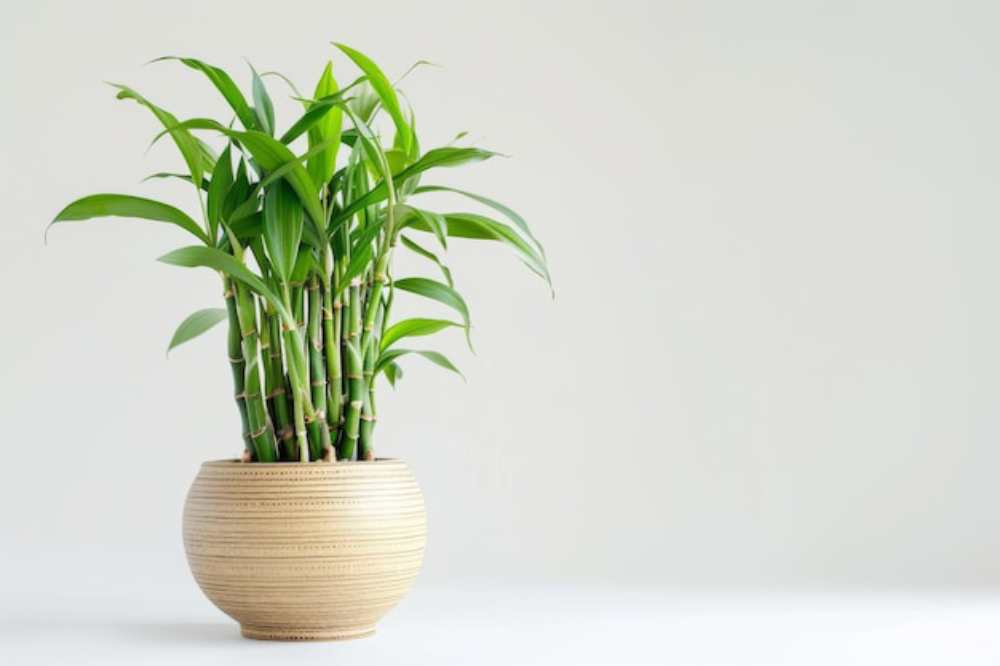
Why it’s loved: A staple in many Chinese and Southeast Asian households, Lucky Bamboo symbolises wealth, health, and resilience. The number of stalks you grow matters — three brings happiness, five draws health, and eight attracts prosperity.
Often placed in water-filled glass vases, it’s popular in entryways or work desks to usher in good fortune.
2. Money Plant (Epipremnum aureum / Pothos)
Why it’s loved: In both Indian and Chinese cultures, this trailing vine is believed to attract financial luck and remove negative energy. It’s a go-to in Vastu Shastra, where it’s often placed in the southeast direction to strengthen wealth zones.
3. Bonsai Trees
Why it’s loved: Originating in Japan and adopted throughout East Asia, bonsai represents patience, care, and meditative discipline. Far from being mere decor, nurturing a bonsai is seen as a spiritual practice that cultivates inner peace and mastery.
You’ll commonly find them in entry halls or dedicated zen corners.
4. Holy Basil (Tulsi)
Why it’s loved: In Indian homes, especially those practising Hinduism, Tulsi holds sacred value. Grown on balconies, courtyards, or near entrances, it’s revered for purifying air and spirit, often accompanied by daily rituals or prayers.
Design Style & Placement in Eastern Interiors
Eastern homes — particularly Japanese and Korean interiors — tend to be minimalist, with an emphasis on balance, flow, and unobtrusive decor. Plants are rarely overwhelming.
Instead, they’re carefully curated, often:
- Placed near natural light sources
- Complemented by stone, wood, or water features
- Kept in symmetrical layouts to mirror harmony
You’ll also see zen-inspired plant arrangements, like ikebana, which follow strict rules of form and intention.
If you’re curious about creating your own peaceful nook, see this guide to creating a zen nook with minimal greenery.
Western homes: trends, textures, and personal style
In Western countries like the UK, USA, Australia, and much of Europe, indoor plant choices are often influenced by design trends, lifestyle convenience, and a strong sense of individual expression.
1. Fiddle Leaf Fig (Ficus lyrata)
Why it’s loved: The darling of Instagram and interior design magazines, this bold plant has become a staple in modern Western homes. With its large, dramatic leaves, it suits minimalist, Scandinavian, and mid-century modern aesthetics.
However, its high-maintenance nature often frustrates new plant parents.
2. Monstera Deliciosa
Why it’s loved: Also known as the “Swiss Cheese Plant,” its striking leaf patterns bring texture and a jungle vibe to interiors. Loved for its visual drama and fast growth, it’s often the centrepiece in plant corners.
3. Spider Plant (Chlorophytum comosum)
Why it’s loved: Easy to care for, safe for pets, and known for purifying indoor air, the Spider Plant is a frequent pick for kitchens, shelves, or hanging baskets.
It’s often recommended for beginners and rented homes due to its adaptability.
4. Snake Plant (Sansevieria)
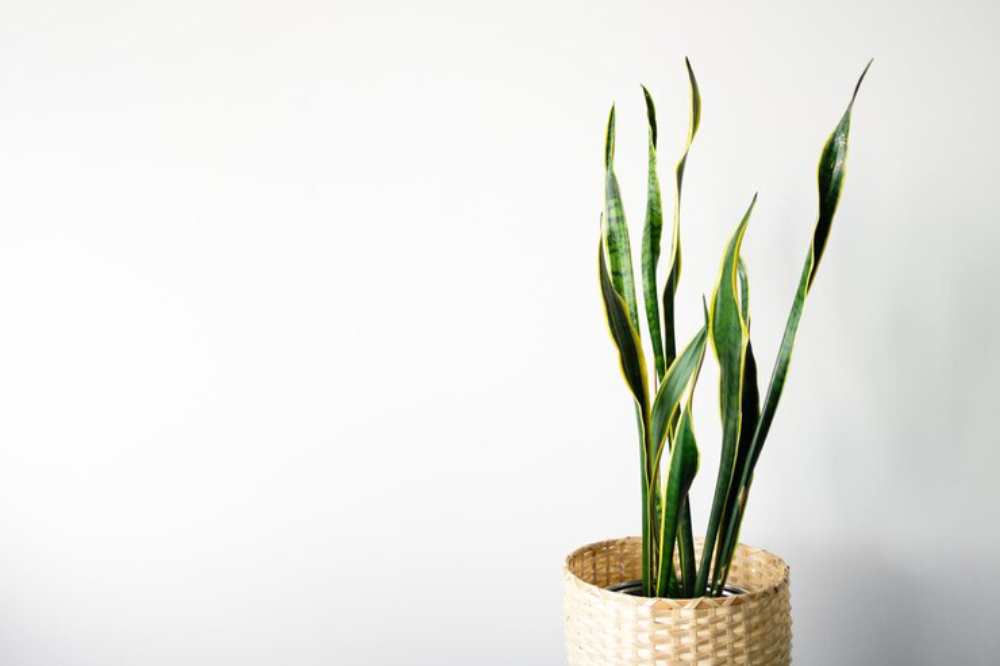
Why it’s loved: Tolerant of low light and irregular watering, the Snake Plant fits the busy modern lifestyle. It’s often placed in bedrooms or hallways to improve air quality, and its upright leaves add architectural interest.
Design Style & Placement in Western Interiors
Western interiors vary from boho-maximalist to sleek Scandinavian, and plant use often follows the homeowner’s personality.
Still, a few trends stand out:
- Plant clusters in corners or windowsills
- Hanging planters in kitchens or bathrooms
- Statement planters that double as decor pieces
- Use of plant stands for vertical layering
There’s less emphasis on symbolic placement and more focus on aesthetic composition, Instagram appeal, and wellness benefits like air purification and stress reduction.
If you’re short on space but big on ambition, check out this guide to the best plant stands for small spaces.
East vs West: Key differences in plant use
| Aspect | Eastern Homes | Western Homes |
| Philosophy | Symbolism, energy flow (feng shui, Vastu) | Aesthetic, mood, air quality |
| Plant Purpose | Spiritual balance, prosperity | Wellness, decor, personal style |
| Common Types | Lucky Bamboo, Money Plant, Bonsai | Fiddle Leaf Fig, Monstera, Snake Plant |
| Placement | According to directional principles | Based on light, space, aesthetics |
| Design Style | Minimalist, harmonious, ritual-focused | Varied – boho, modern, maximalist |
Cultural shifts: Globalisation of plant trends
As our world becomes more interconnected, we’re beginning to see a delightful fusion of plant decor philosophies. Western homes now embrace feng shui principles, while Eastern millennials might display a bold Monstera next to their Tulsi altar.
Thanks to social media and digital design communities:
- Bonsai and Ikebana are trending in Western minimalism
- Fiddle Leaf Figs and Snake Plants are cropping up in upscale Eastern apartments
- Plant styling workshops now blend East-West traditions
- Eco-consciousness is universal, pushing plant lovers to choose sustainable pots, compost soil, and locally sourced greenery
This blending allows us to pick what resonates — a symbolic Lucky Bamboo on your desk for energy, alongside a Monstera in the lounge for style.
Choosing the right plants for your cultural and lifestyle needs
Where you live, how much light you get, how often you travel, and even your spiritual beliefs can (and should) influence your plant choices. Here are some quick pointers:
If you value spiritual alignment…
Opt for:
- Lucky Bamboo (wealth and growth)
- Tulsi or Basil (purification)
- Jade Plant (financial harmony)
If you prefer low-maintenance beauty…
Opt for:
- Snake Plant
- ZZ Plant
- Peace Lily
If you’re into bold design statements…
Opt for:
- Fiddle Leaf Fig
- Rubber Plant
- Croton
If you want to follow tradition…
- Map out your home using the Bagua map
- Place plants according to zones like wealth, relationships, or health
- Avoid sharp or spiky varieties in high-traffic areas
Conclusion: Bridging beauty and meaning with indoor plants
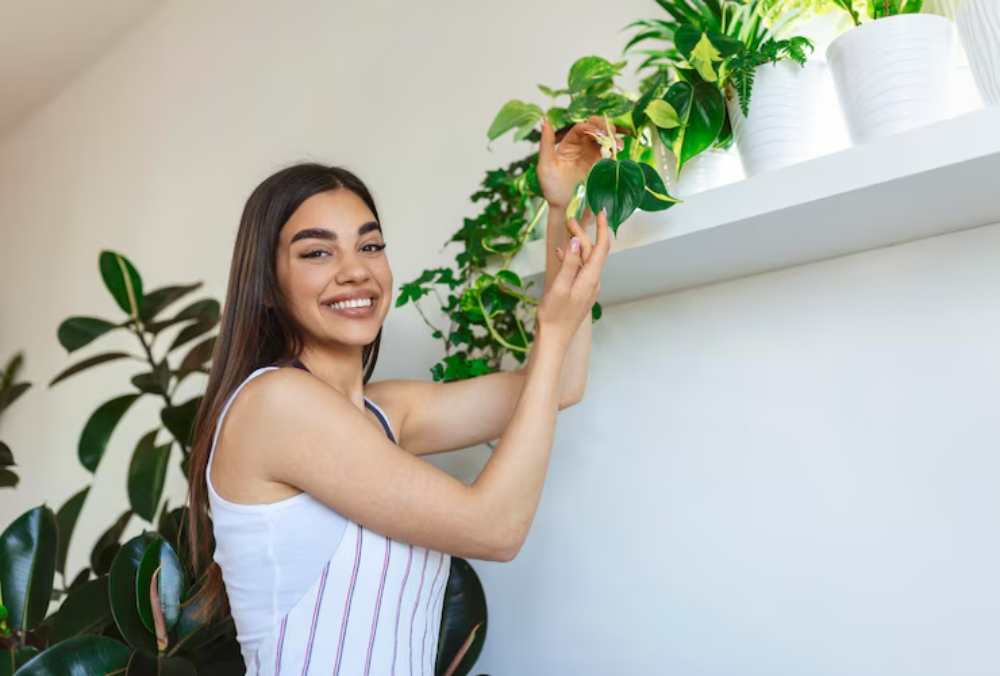
At first glance, plant decor may seem purely aesthetic. But dig a little deeper, and you’ll find roots that reach into culture, identity, and intention. Eastern homes favour symbolic and energy-based placement, creating spaces that feel sacred and balanced. Western homes often reflect individual style, trend awareness, and functional benefits like clean air or mood enhancement.
The beauty of modern design? You don’t have to choose one over the other. You can embrace the intentionality of Eastern traditions while enjoying the playfulness and creativity of Western styling. Let your plant collection reflect your values, beliefs, and personal story — one leaf at a time.
What’s your plant personality — spiritually inclined, trend-savvy, or a mix of both? Share your thoughts or photos in the comments below. Or better yet — bring a new plant home today that aligns with your spirit and your space.





